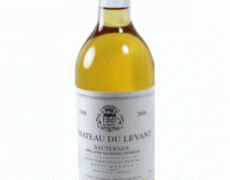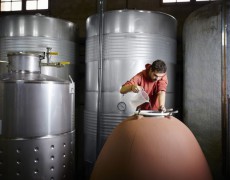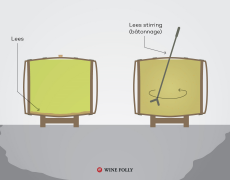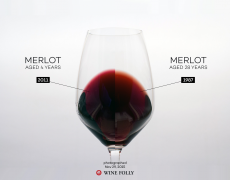
Call it the comeback kid. Garnacha. Grenache. Cannonau. Regardless of the synonym, the evidence is clear: Grenache holds ranking as one of the most widely planted grapes in the world and its popularity is soaring.
Why now? A number of reasons. Cabernet, Chardonnay, Malbec, and Pinot Noir – all have enjoyed long runs in the spotlight, and consumers, more than ever, are open to alternative grapes. Add to the mix a new generation of winemakers, many reclaiming historic vineyards or reducing yields to spin Grenache into the fresh, elegant style currently in vogue. And while the variety’s surge in demand may be recent, the grape has a long history that contributed to its establishment around the globe. The result: a treasure of old vines in pockets of the Old and New World.
Grenache’s heritage dates back hundreds of years to the regions now defined as eastern Spain and southern France. Cariñena, considered both the grape’s birthplace and spiritual home, provides optimal growing conditions. Grenache has a well-documented love of heat. Because it ripens late, the grape thrives in the dry climate of the Mediterranean. The warm, well-drained soils that would fry the delicacy right out of Pinot Noir, allows for the best concentration of flavors and aroma in Grenache.
Moving beyond its borders in Aragón, Grenache spread to similarly toasty regions throughout Spain and France. Notably in Catalonia, the grape called Garnacha Tinta has become a leading variety in the expensive red blends of Priorat.
In France, Grenache’s stronghold lies in the southern Rhône Valley and further south along the Mediterranean Sea. Châteauneuf-du-Pape, of course, boasts the greatest fame, its stony soils supplying wines with weight and unparalleled character. Not far off, the limestone soils of Gigondas lend power and tannin.
Following the Crown of Aragón (through the 12th-17th centuries), Grenache took up residence in Corsica, Sardinia (which was under Aragón rule from 1297 until 1713), down to southern Italy, Sicily, Croatia, and across the sea to Greece. By the the 18th and 19th centuries, Grenache caught a ride on a ship to non-European regions, landing in Australia and eventually, California.
In the mid-1960s, Grenache was the most planted black grape variety in Australia until losing out to Shiraz and later, Cabernet Sauvignon. The grape was relegated to use as a blending component or fortified wine production. In recent years, producers appreciative of its many faces have sought to restore historic vineyards. The country’s oldest plantings survive in South Australia’s Barossa Valley and McLaren Vale. Grenache from McLaren Vale is built mostly for early drinking, offering bright red fruit, freshness, and an occasional herbal note. Barossa gives meatier, structured wines with less cherry fruit confection.
Grenache in California had a similar history. Extensive historic acreage has endured across the central San Joaquin Valley up to Mendocino, yet until recently, most of that old vine fruit went into cheap, sweet, commercial wines. But a self-dubbed group called the Rhône Rangers helped restore the grape’s reputation, in part through use of new vine material imported from the Rhône Valley. Today, great sites for Grenache include El Dorado and Amador County in the Sierra Foothills as well as Santa Barbara, Santa Cruz, and Paso Robles.
As evidenced, Grenache moved through stages of styles and relevance as it spread beyond Spain. Thanks to changes in today’s consumer preferences, a focus on quality over quantity and nuanced, balanced profiles, have helped bring Grenache to the forefront of the market. Wines from Cariñena, for example, have doubled their U.S. distribution in the past year, undoubtedly a promising sign for both the region and the grape.
Source: winemag.com














